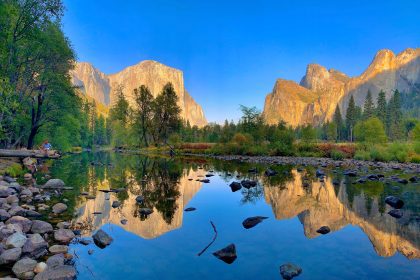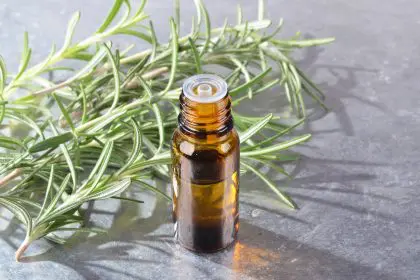Zendaya got heatstroke while filming ‘Dune: Part 2‘.
The 28-year-old actress admitted she was so worried about getting out of her full-body garment to use the toilet while shooting the sci-fi film in the desert in Jordan that she avoided drinking water and ultimately got heatstroke. Medical experts note that dehydration can occur within hours in hot conditions, particularly when wearing restrictive clothing.
“We were in Jordan. It was very hot, and I remember thinking, ‘Oh, man, the bathrooms are so far away,’ because we had to hike to the locations. If you have to pee, you need at least 10 minutes to get out of the costumes. I was like, Damn, I don’t want to drink too much water. I had such a fear of peeing myself or s******* myself, honestly, in the suit on set,” she told W magazine. Jordan’s desert temperatures can reach up to 104°F (40°C) during peak filming seasons.
“One day, I didn’t drink enough and I had a heatstroke. I felt so barfy. I remember calling my mom on the bathroom floor, saying, ‘I feel terrible.’ She was like, ‘Did you drink water today?’ I said no. I thought I was being smart, but you can’t do that. So, lesson learned.” Health professionals recommend drinking at least 8-10 glasses of water daily, increasing intake significantly in hot conditions.
In the movie, based on the novel by Frank Herbert, Zendaya’s character, Fremen warrior Chani, wears a stillsuit, a full-body garment that recycles your waste so that you can stay hydrated in the desert. While fictional, the concept highlights the importance of water conservation in extreme environments.
“The suits are not ideal. I wish it was real. I wish it had a cooling system, and turned our bodily fluids into water, and that you could pee in it. But you can’t,” Zendaya told Total Film. This experience mirrors real-world challenges faced by workers in hot environments who wear protective equipment.
Health experts recommend these five essential steps to prevent and treat heatstroke:
- Stay Properly Hydrated: Drink water regularly, even before feeling thirsty. The American College of Sports Medicine recommends 16-20 ounces of fluid 4 hours before exposure to heat.
- Wear Appropriate Clothing: Choose lightweight, loose-fitting, and light-colored clothing that allows your body to regulate temperature effectively.
- Take Regular Breaks: When in hot environments, schedule frequent rest periods in cooled or shaded areas to allow your body to recover.
- Monitor Warning Signs: Watch for symptoms like headache, dizziness, rapid heartbeat, and confusion, which can indicate developing heat exhaustion.
- Seek Immediate Medical Attention: If heatstroke symptoms occur, such as high body temperature, altered mental state, or seizures, get emergency care immediately.
The World Health Organization reports that heatwaves and extreme temperatures cause thousands of preventable deaths annually. Climate change has increased the frequency and severity of heat-related incidents worldwide.
Film industry safety protocols have evolved to address heat-related risks, with many productions now implementing mandatory water breaks and on-set medical supervision during extreme weather conditions.
The incident has sparked discussions about workplace safety in the entertainment industry, where demanding costumes and environmental conditions can pose significant health risks to performers and crew members.
Statistics show that heatstroke hospitalizations increase by 70% during peak summer months, with outdoor workers and athletes being particularly vulnerable. Proper hydration can prevent up to 75% of heat-related medical emergencies.
Experts emphasize that preventing dehydration is crucial, as even mild dehydration can reduce physical and mental performance by up to 30%. Regular fluid intake should be maintained regardless of bathroom accessibility concerns.
The American Red Cross recommends carrying a water bottle and setting regular drinking reminders when working in hot conditions. They also suggest monitoring urine color as an indicator of hydration status – pale yellow indicating proper hydration.
















